Adorable Gull Surrounded By Seagull Birds Meets on the beach
Seagulls learn, remember and even pass on behaviors, such as stamping their feet in a group to imitate rainfall and trick earthworms in to coming to the surface.
Gulls are generally monogamous and most mate for life. They vigorously safeguard their offspring, even becoming aggressive in their nesting areas if their chicks are threatened. While gulls do divorce if a pair is unable to produce healthy chicks, many gull colonies appear to have a divorce stigma. A previously mated bird could be seen as less desirable for several nesting seasons after splitting from a partner.
Gulls typically use a basic scrape nest or a shallow platform built with weeds, twigs, or other debris. The eggs are often heavily camouflaged to blend in with pebbles or sand, and 1-3 eggs are typical for most gull broods. These birds nest on beaches, cliffs, roofs, and similar places, and they often return to the same nesting site for many years.
Gulls all have a distinct jizz, but their sizes vary widely. The little gull (Hydrocoloeus minutus) is the smallest at just 11-12 inches long, a wingspan of 24 inches, and weighing just 3-5 ounces. The great black-backed gull (Larus marinus) is the largest gull at 28-30 inches long with a 60-inch wingspan and a weight of 3-4 pounds.
Gulls face many threats common to seabirds, such as risks from oil pollution, fishing line and net tangles, and plastic ingestion. One-legged gulls are not an uncommon sight, and while these birds are adaptable to this type of injury, conscientious birders and all gull-lovers should take steps to protect these unique and fascinating birds.
Young gulls form nursery flocks where they will play and learn vital skills for adulthood. Nursery flocks are watched over by a few adult males and these flocks will remain together until the birds are old enough to breed.
-
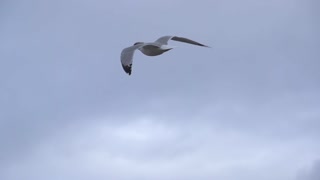 0:27
0:27
gelbertojack
5 years agoAdorable White Female Seagulls Flying Over Sea
10 -
 0:12
0:12
marryjonnie
5 years agoHerd Of Seagulls Flying Around My Boat
18 -
 0:16
0:16
travelguide
5 years agoAdorable Birds Flying Near Water To Catch Fishes
111 -
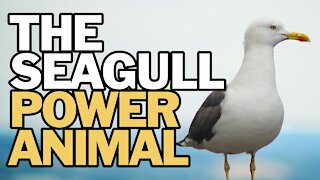 1:53
1:53
Welcome to the World of Power Animals
2 years agoThe Seagull Power Animal
17 -
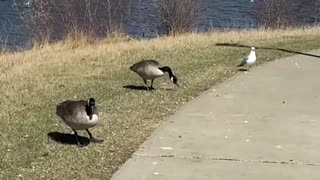 1:59
1:59
Nature by Terrablaze1
9 months agoNature and bird: Goose meeting gull, friend or foe
15 -
 0:51
0:51
Nature by Terrablaze1
9 months agoNature and bird: Seagull gathering, seagull watch
13 -
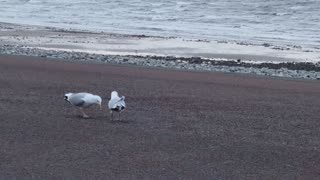 0:25
0:25
JOEYVIMSANTEPOET
4 months agoHerring Gulls In Wales Near The Sea.
6 -
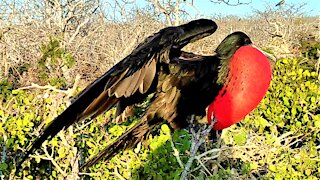 0:38
0:38
KristysWorld
3 years ago $7.09 earnedThese beautiful frigatebirds are the "pirates"of the bird world
4.37K4 -
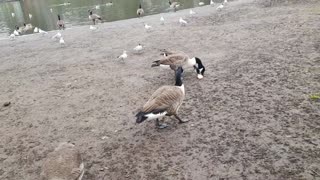 1:56
1:56
greatpaulin24
3 years ago $0.04 earnedGeese with seagulls
129 -
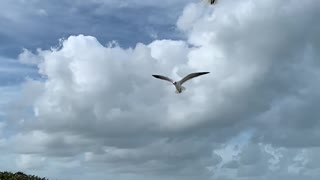 1:07
1:07
Livestock and Wildlife
3 years agoSeagulls slow motion flight
211